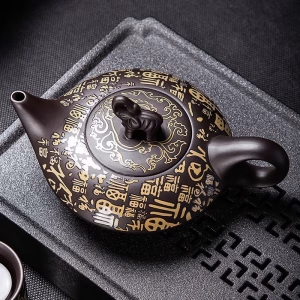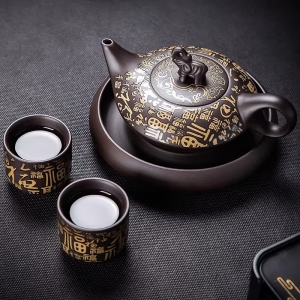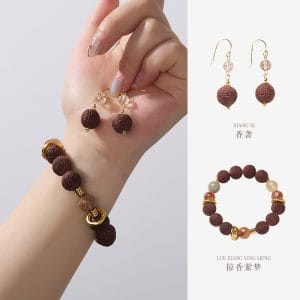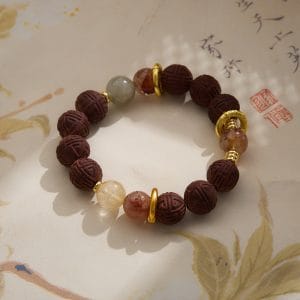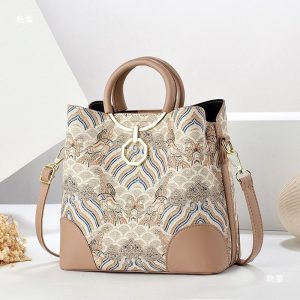Background
In a world increasingly dominated by synthetic materials and industrial processes, there is a quiet but growing movement to reconnect with the natural origins of the things we use every day. Among the most beautiful and tangible expressions of this shift is the resurgence of plant-dyed textiles. Unlike their synthetic counterparts, which often rely on petrochemicals and can have significant environmental impacts, plant dyes are derived from the leaves, roots, bark, flowers, and even insects of the natural world. This ancient practice, which dates back thousands of years, is not merely a nostalgic throwback but a sophisticated craft that combines art, science, and sustainability.

Why It Matters
The history of plant dyeing is as old as human civilization itself. Archaeological evidence suggests that as early as the Neolithic period, people were using plants like madder and woad to color fabrics. In ancient Egypt, textiles were dyed with extracts from safflower and indigo, while in China, the use of gardenia and sappan wood created vibrant hues for imperial robes. The famous Tyrian purple, derived from sea snails, was so valuable in the Roman Empire that it became a symbol of status and power. These early dyers possessed a deep empirical knowledge of which plants produced which colors, how to extract the dyes, and how to fix them to fibers using mordants like alum and iron.
According to a recent study published in the Journal of Sustainable Textiles (2023), plant-dyed fabrics not only reduce the environmental footprint of textile production but also offer unique benefits such as biodegradability and non-toxicity. The research highlighted that synthetic dyeing processes account for nearly 20% of global water pollution, whereas plant-based methods, when managed responsibly, can be closed-loop systems that minimize waste. Furthermore, the study found that certain natural dyes, like those derived from turmeric and marigold, possess inherent antimicrobial properties, adding functional value to the textiles.
The process of creating plant-dyed textiles is both an art and a science. It begins with the careful selection and harvesting of dye materials, each with its own seasonal and geographical considerations. For instance, indigo, which gives a characteristic blue, requires fermentation to develop its color potential. Madder root, source of a rich red, must be harvested after three years of growth for optimal pigment. The dye extraction often involves simmering the plant material in water to release the color, a process that can take hours and requires a keen eye to achieve the desired shade. Then comes the mordanting stage, where the fabric is treated with a fixative to ensure the dye bonds permanently to the fibers.
One of the most enchanting aspects of plant dyeing is its inherent variability and connection to place. Unlike synthetic dyes, which produce uniform colors batch after batch, natural dyes are influenced by factors such as soil composition, climate, and even the time of day the plants are harvested. This means that a dye made from oak galls in France might yield a slightly different shade than one made in Japan, giving each piece of cloth a unique, terroir-driven character. This variability is not a flaw but a celebrated feature among artisans and slow fashion advocates, who value the individuality and story behind each garment.
Today, the revival of plant dyeing is being driven by a diverse community of artisans, farmers, and designers who are blending traditional techniques with modern innovation. Small-scale studios are experimenting with local invasive species, like Japanese knotweed or blackberry brambles, to create beautiful colors while managing ecological problems. Larger brands are investing in research to scale up natural dye production without compromising on sustainability. Educational workshops and online courses are making this knowledge accessible to a new generation, ensuring that the craft continues to evolve and thrive.
Looking ahead, the future of plant-dyed textiles seems bright, intertwined with broader movements toward ecological responsibility and cultural preservation. As consumers become more aware of the environmental and social costs of fast fashion, demand for transparent, sustainable alternatives is growing. Plant dyes offer a path forward that honors both the planet and human creativity. They remind us that color can come from the earth itself, and that the most enduring beauties are those that work in harmony with nature.
You may also like
Aladdin’s Lamp Heat-Change Purple Clay Tea Pot
Original price was: $108.00.$78.00Current price is: $78.00. Add to cartHandwoven Zhuang Brocade Tote Bag – Large-Capacity Boho Shoulder Bag
Original price was: $178.00.$154.00Current price is: $154.00. Add to cartAncient Craftsmanship & ICH Herbal Beads Bracelet with Yellow Citrine & Silver Filigree Cloud-Patterned Luck-Boosting Beads
Original price was: $128.00.$89.00Current price is: $89.00. Add to cartBambooSoundBoost Portable Amplifier
Original price was: $96.00.$66.00Current price is: $66.00. Add to cartAncient Craft Herbal Scented Bead Bracelet with Gold Rutile Quartz, Paired with Sterling Silver (925) Hook Earrings
Original price was: $322.00.$198.00Current price is: $198.00. Add to cartGuangxi Zhuang Brocade Handmade Tote – Ethnic Boho Large-Capacity Shoulder Bag
Original price was: $172.00.$150.00Current price is: $150.00. Add to cart


